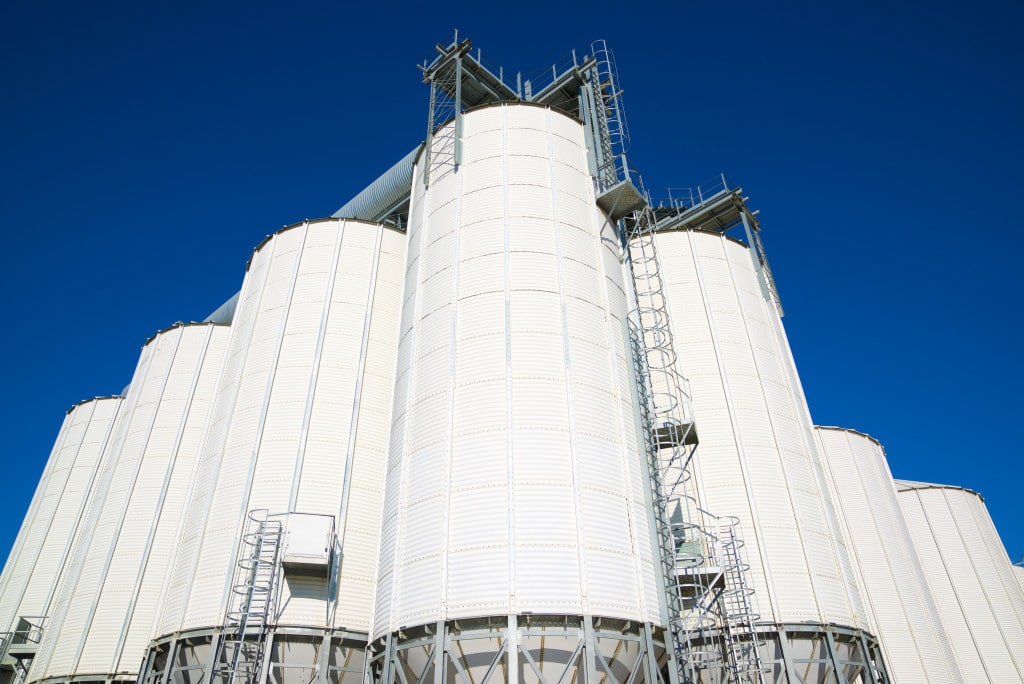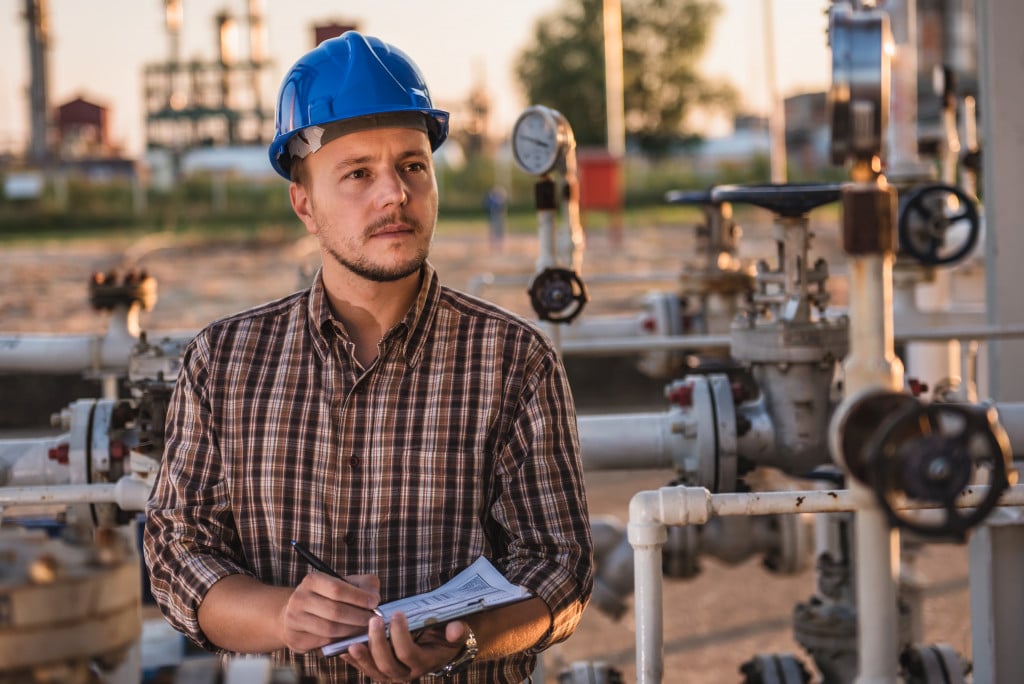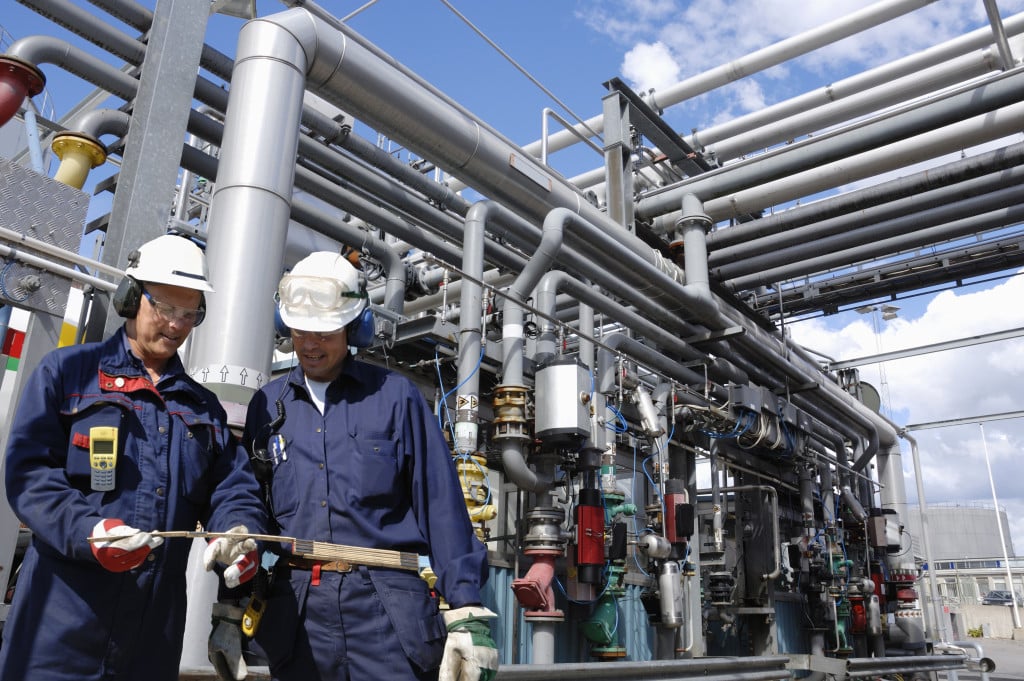- An air separation plant is an indispensable facility for breaking down atmospheric air into its fundamental components, oxygen (O2), nitrogen (N2), and argon (Ar).
- Components of an air separation plant include a compressor, heat exchanger, cryogenic column, and storage vessels.
- Properly managing an air separation plant includes routine maintenance, testing, applying industrial tank coatings, and keeping accurate records.
- With the right knowledge and resources, managing an air separation plant can be done successfully and increase efficiency over time.
Managing an air separation plant can be daunting, but with the right knowledge and resources, it doesn’t have to be. This blog post will provide an overview of what an air separation plant is, its components, and how to manage it effectively. Whether you’re a seasoned plant manager or just starting with air separation plants, this guide should help you succeed.
What is an Air Separation Plant?
An air separation plant is a facility used to produce industrial gases such as oxygen, nitrogen and argon from atmospheric air. To achieve cooling, atmospheric air is commonly subjected to compression and subsequently divided into individual parts according to their boiling points.
These plants are usually found in chemical plants or refineries and are used for various industrial processes. Furthermore, air separation plants are often used for oxygen supply in hospitals and other medical facilities. They are also used to produce fuel for industrial applications.
Managing Your Air Separation Plant

Once you have all the necessary components in place for your air separation plant, it’s vital that you properly manage them so that they operate safely and efficiently at all times. This includes routine maintenance checks on all equipment and regular testing to ensure everything is working correctly.
Moreover, coating your tanks accordingly is vital to ensure they can withstand the corrosive and extreme temperatures of the industrial gases they will carry. As such, industrial tank coatings should be applied regularly to all tanks to protect them from the elements and ensure their longevity. This process should be done regularly to ensure that the tanks are in perfect working order.
It’s also vital that you keep accurate records of operation data such as flow rates, pressures, temperatures, etc., which will help you identify any potential problems before they become serious issues. Ensure that you have adequate safety measures in place both within your facility and outside in case of emergencies.
Components of an Air Separation Plant

An air separation plant is a precise mechanism that divides the atmospheric air into its individual constituents. The most common components produced in an air-separation plant are oxygen (O2), nitrogen (N2), and argon (Ar). These components are used in various industries, including power generation, chemical manufacturing, pharmaceuticals, environmental protection, and food processing. Here’s a breakdown of the main components found in most air separation plants:
Compressor
The compressor is the heart of any air separation plant. It takes atmospheric air and compresses it until it reaches high-pressure levels suitable for further processing. Compressors come in various sizes and can be powered by electricity or natural gas.
Heat Exchanger
As the name implies, the heat exchanger is responsible for exchanging heat between two different mediums to facilitate efficient heat transfer from one medium to another. Heat exchangers come in several different types depending on their purpose, but all serve to reduce energy consumption by transferring heat directly from one medium to another without allowing them to mix together.
Cryogenic Column
Cryogenic columns produce liquid oxygen, nitrogen, and argon by cooling atmospheric air until it liquefies at cryogenic temperatures (-320°F / -196°C). This process requires large amounts of energy due to extreme temperature differences between the cold liquid state (-320°F / -196°C) and ambient temperature (~70°F / ~21°C).
Storage Vessels
Storage vessels are the last step in the air separation process. These vessels are designed to store liquid oxygen, nitrogen, and argon until they can be used for their intended purpose. Storage vessels come in various sizes depending on the amount of gas being stored. But in most cases, these vessels are designed to maintain cryogenic temperatures for extended periods of time.
Final Thoughts
In conclusion, managing an air separation plant can be intimidating, but with the right information and resources at hand it doesn’t have to be difficult! By familiarizing yourself with what an air separation plant is and its various components; understanding how they interact together; implementing safety protocols; regularly maintaining your equipment; and keeping accurate records of data collected during operations; you should not only be able to successfully manage your own facility but also increase its efficiency over time!
